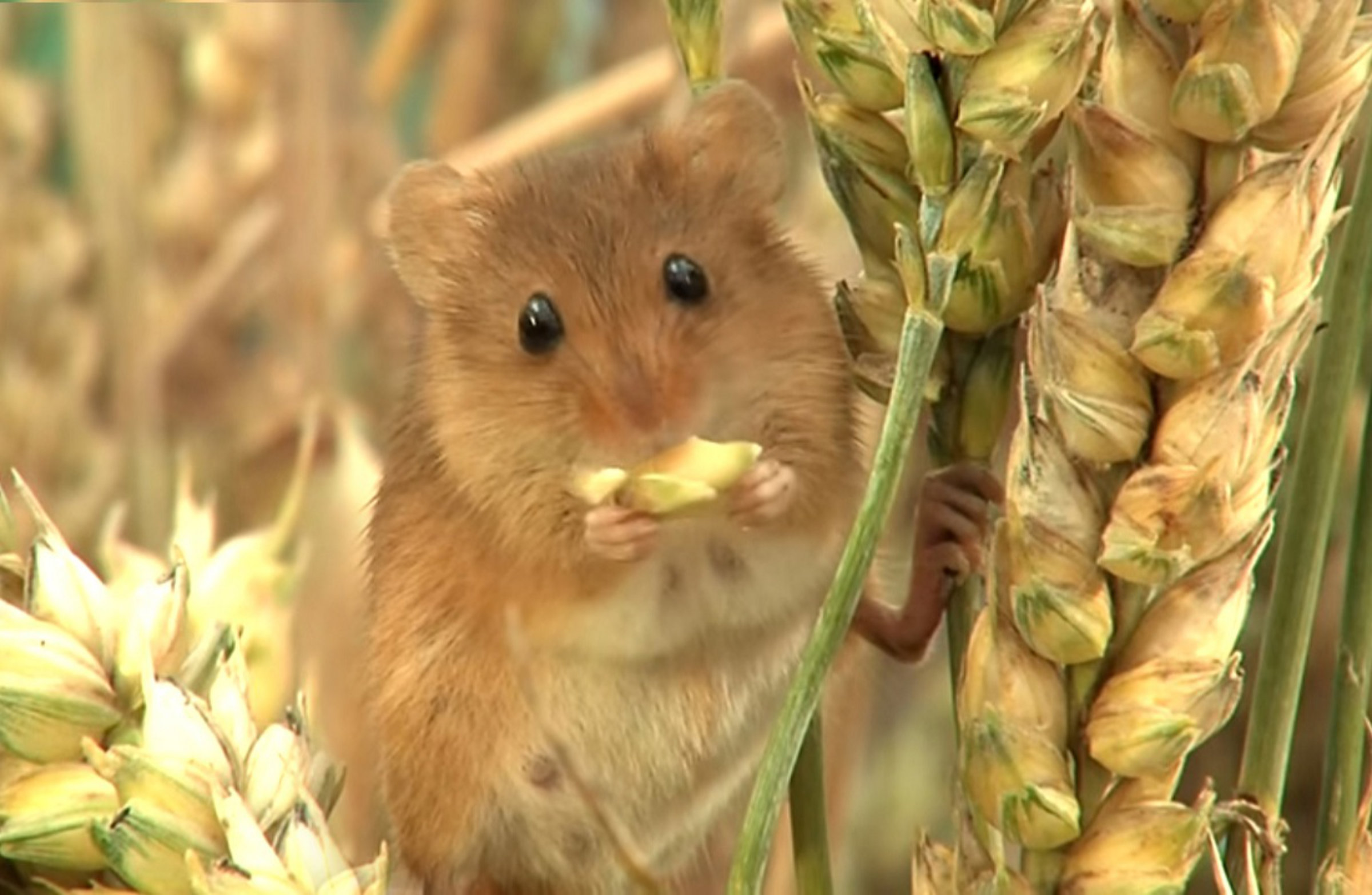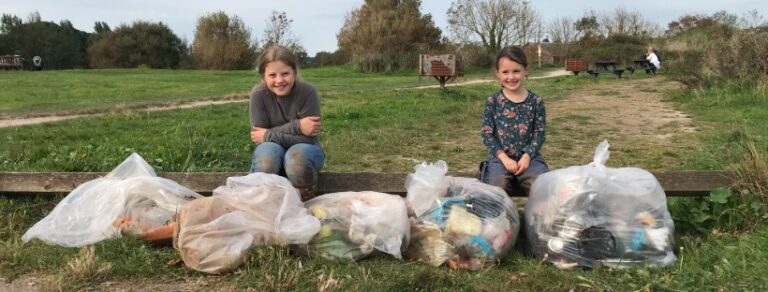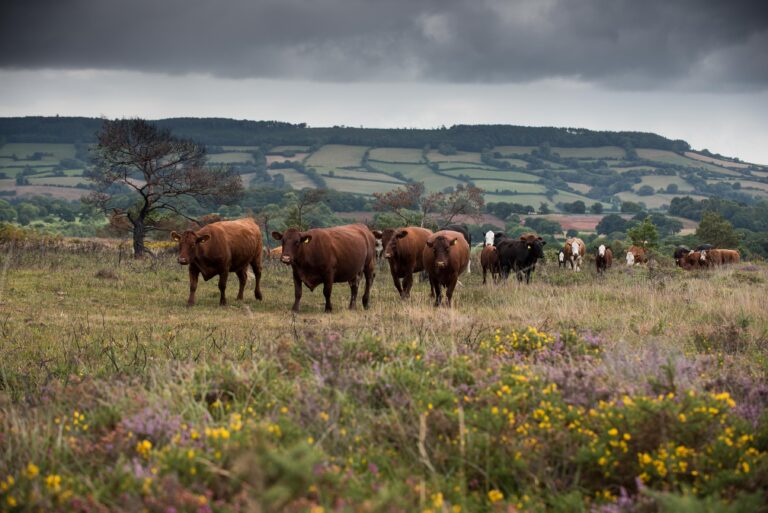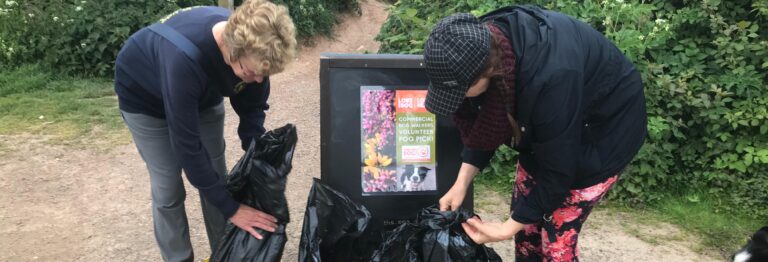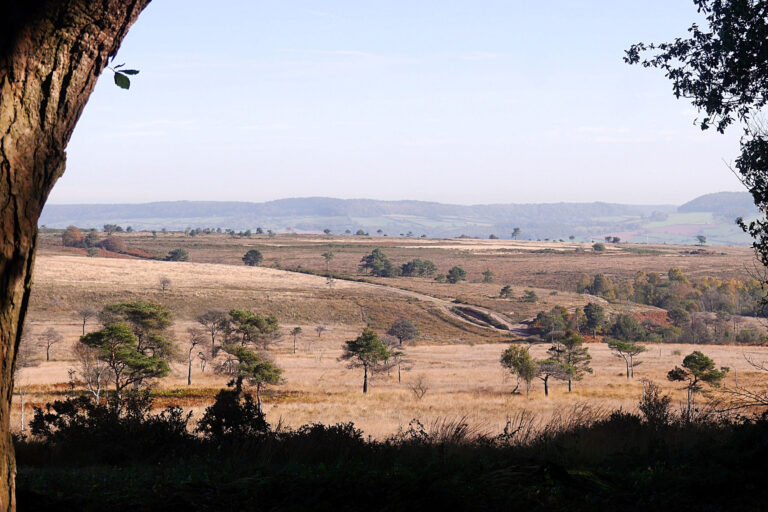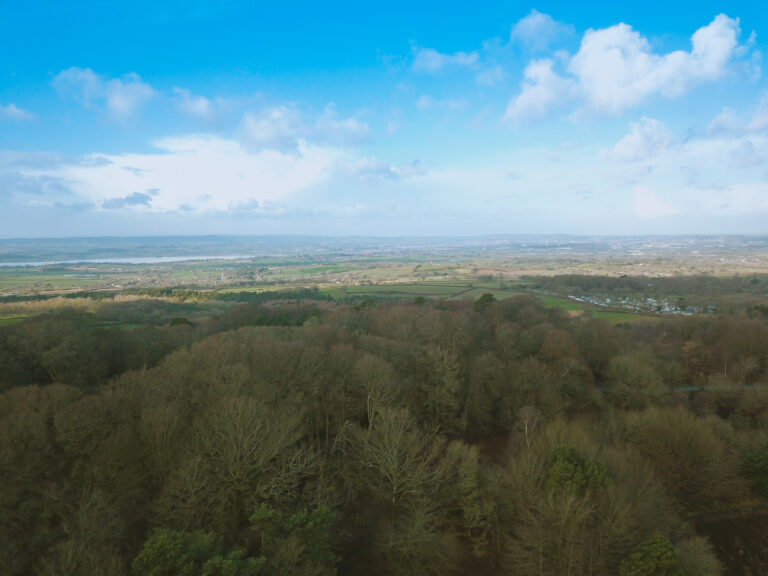Estate helping in fight to save Britain’s smallest rodent
It’s probably best known for being Britain’s smallest rodent, with each individual weighing in at around five grammes.
What may be less well known about the harvest mouse – aka Micromys minutus – is that it is listed as a priority conservation species in England.
It’s native to the whole of the country from Yorkshire down, but it is now generally considered to be rare. Its conservation status reflects that fact that numbers have been in steep decline – they fell 71% in one 18-year period – and also that it is vulnerable to habitat loss. Field margins, wet habitats and hedgerows are noted as particularly important to its survival.
Clinton Devon Estates have been working with the Devon Mammal Group to train volunteers to survey for harvest mice.
Kate Ponting, Countryside Learning Officer, explains: “We ran a training day which included a presentation at the Estate Office looking into the background to the project, methodology and surveying techniques, which was followed by field visits to local farmland. The volunteers will feed data into the Devon Harvest Mouse Project and will also provide useful knowledge on the Estates’ biodiversity.
“Pete Cooper, who is the Devon Mammal Group’s Harvest Mouse Project Officer, showed us how to look for last season’s nests in areas of rough grass on farmland in the Otter Valley. Initially the volunteers were uncertain, but surveying is very straightforward and we discovered over 20 nests; beautiful balls of woven grass, which are evidence that harvest mice were breeding here between April and October.
“We held a BioBlitz in the area in 2016, and found more than 800 different species of animals and plants living there, although interestingly the harvest mouse wasn’t among them, so this is a really interesting start. Some of those Pete trained went to other locations in the afternoon to put their new knowledge into practice and found more nests by themselves. It is very addictive! Understanding where species are present is a very important part of any conservation project. Harvest mice make nests from grass, above the ground, and in the summer months these are extremely hard to find, being so well camouflaged. But in winter they’re much easier to spot, and of course give a good idea of whether mice are occupying any given area.”
The training was held on Friday, January 19. To learn more about the Harvest Mouse Project, please go to: http://www.devonmammalgroup.org/harvest-mouse-project/
FACTFILE
- The harvest mouse’s Latin name, Micromys minutus, means small, small rodent.
- It is just 6cm long, with a tail about the same length.
- It is the only British mammal with a truly prehensile tail which it can use like another limb.
- It has golden brown fur with a white belly, with relatively small eyes and ears.
- Harvest mice are mostly vegetarian, but it is rare that they noticeably damage cereal crops.
